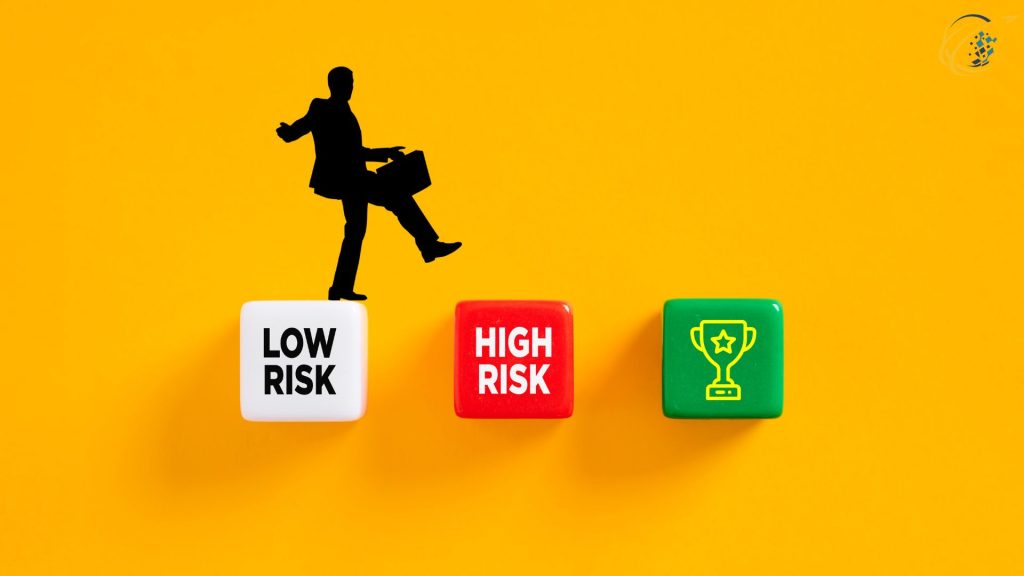
Risk management is an indispensable framework within any organization, vital for safeguarding assets and securing financial and operational stability. It encompasses the systematic process of identifying, analyzing, and responding to risk factors throughout the lifecycle of a business. Managing risk not only prevents losses but also supports and enhances business decision-making.
At its core, risk management involves a detailed examination of potential risks that could negatively impact a business. These risks can range from financial uncertainties, operational inefficiencies, market fluctuations, technological failures, to natural disasters and compliance issues. Identifying these risks requires a thorough understanding of both internal processes and external market dynamics.
Once you identify risks, the next step is to assess their potential severity and the likelihood of their occurrence. This assessment helps prioritize risks, allowing organizations to focus resources on areas with the greatest potential impact. Managing risk also includes developing strategies to mitigate identified risks, whether through prevention, transfer, acceptance, or contingency planning.
Crafting a Comprehensive Risk Management Plan
A strategic risk management plan is crucial for any business aiming to thrive amid uncertainties. This plan outlines how to handle identified risks and who is responsible for managing them. It serves as a guide for the organization to follow in maintaining readiness and responsiveness.
Creating a robust risk management plan involves several steps:
Defining Risk Tolerance: Each business must determine its level of tolerance for different risks based on its objectives, industry, and operational capacity.
Implementing Risk Assessment Procedures: Regular and systematic evaluations help in detecting potential risks as they arise.
Developing Risk Response Strategies: Plans should include both proactive measures to prevent risks and reactive measures to respond to them effectively.
Continuous Monitoring and Review: Managing risk is an ongoing process, necessitating regular updates to strategies based on new insights and changes in the business environment.
Integration of the risk management plan into the overall business operations is essential. It should align with the company’s goals and practices, ensuring that every decision made is informed by an understanding of its associated risks.
Utilizing Technology to Enhance Risk Management
Modern businesses can leverage technology to enhance their risk management practices significantly. Technological tools can automate the collection and analysis of data related to risks, providing more accurate and timely insights. For instance, advanced analytics can forecast potential market disruptions, while AI-driven algorithms can identify patterns that precede cyber attacks.
Investing in specialized risk management software can also facilitate the monitoring and reporting of risks. These tools offer dashboards that provide a real-time overview of risk status, alerting managers to potential issues before they escalate. Additionally, technology can improve the efficiency of risk mitigation strategies, such as through automated backup systems or intrusion detection systems that protect against data breaches.
Furthermore, technology fosters improved communication across the organization. It ensures that all relevant stakeholders are promptly informed about risks and their potential impacts, enhancing collaborative decision-making and response efficiency.
Establishing a Risk-Aware Culture
Cultivating a culture that prioritizes risk awareness and proactive risk management is as crucial as implementing formal policies and procedures. This cultural shift ensures that managing risk permeates every level of the organization, from top executives to entry-level employees.
Leadership plays a pivotal role in fostering this culture. By demonstrating a commitment to risk management principles, leaders can influence the entire organization to adopt similar values. Regular training sessions, workshops, and seminars can educate employees about risk factors and the importance of following risk management protocols.
Encouraging open communication about risks allows for the free flow of information and ideas on how to handle potential issues. This openness not only aids in early detection but also empowers employees to contribute to the development of innovative solutions and improvements to existing processes.
Leveraging Positive Outcomes through Effective Risk Management
The benefits of managing risk extend beyond merely avoiding losses. It can lead to significant business improvements and innovations. By understanding potential risks, companies can make more informed strategic decisions, such as entering new markets or launching new products.
Furthermore, strong risk management capabilities can enhance a company’s reputation with stakeholders, including investors, customers, and partners. Companies known for their robust risk management are often seen as more reliable and trustworthy, making them more attractive for investment and collaboration.
Conclusion
In conclusion, managing risk is a critical strategic discipline that supports sustainable business growth and resilience. It provides a structured approach for identifying, assessing, and mitigating risks. As businesses operate in increasingly complex and volatile environments, the role of risk management becomes more crucial than ever. Organizations that invest in comprehensive risk management plans and cultivate a risk-aware culture are better equipped to manage uncertainties and capitalize on new opportunities. Managing risk not only protects but also adds value, positioning businesses for long-term success and stability.

